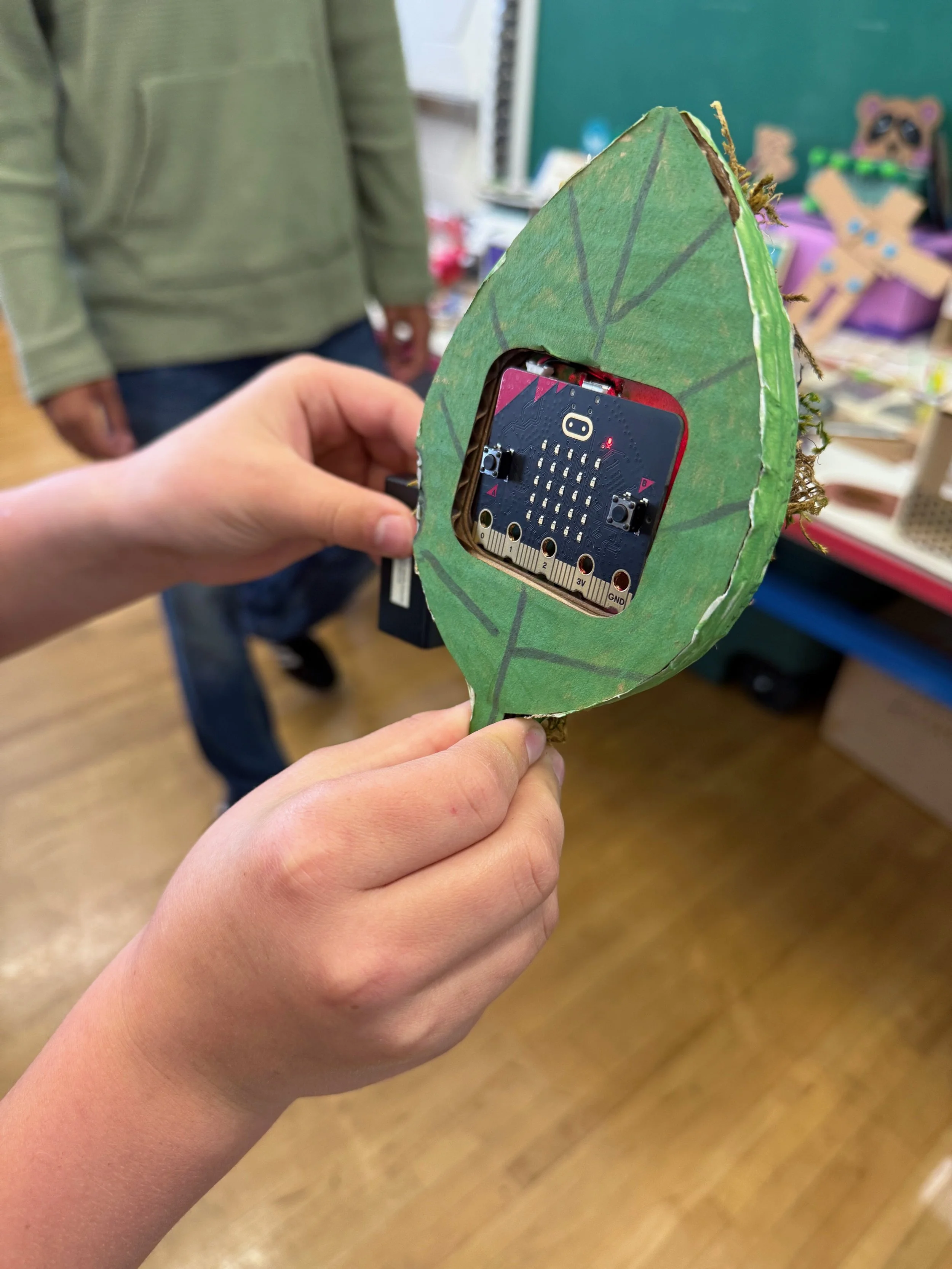 Image 1 of 11
Image 1 of 11

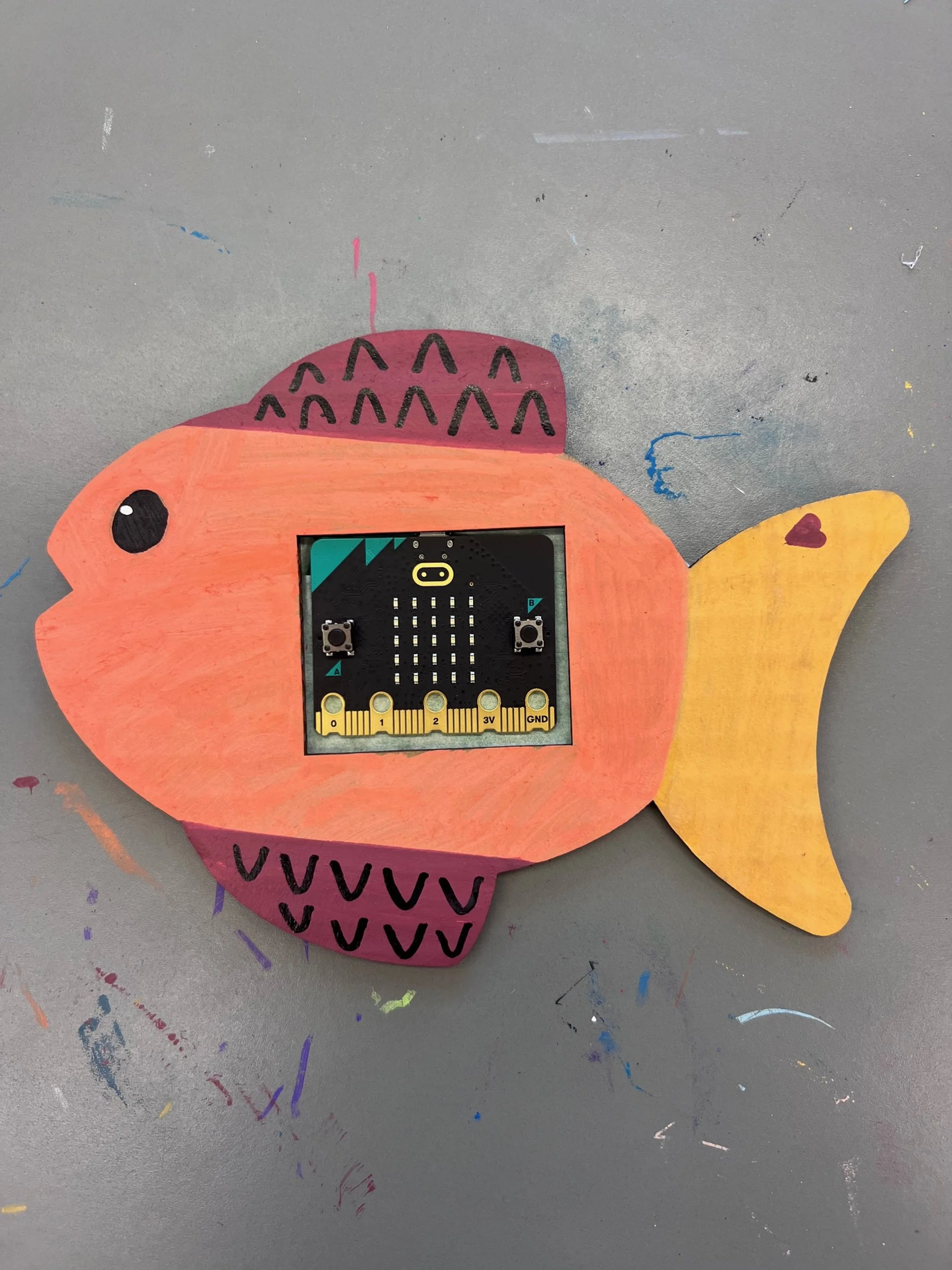 Image 2 of 11
Image 2 of 11

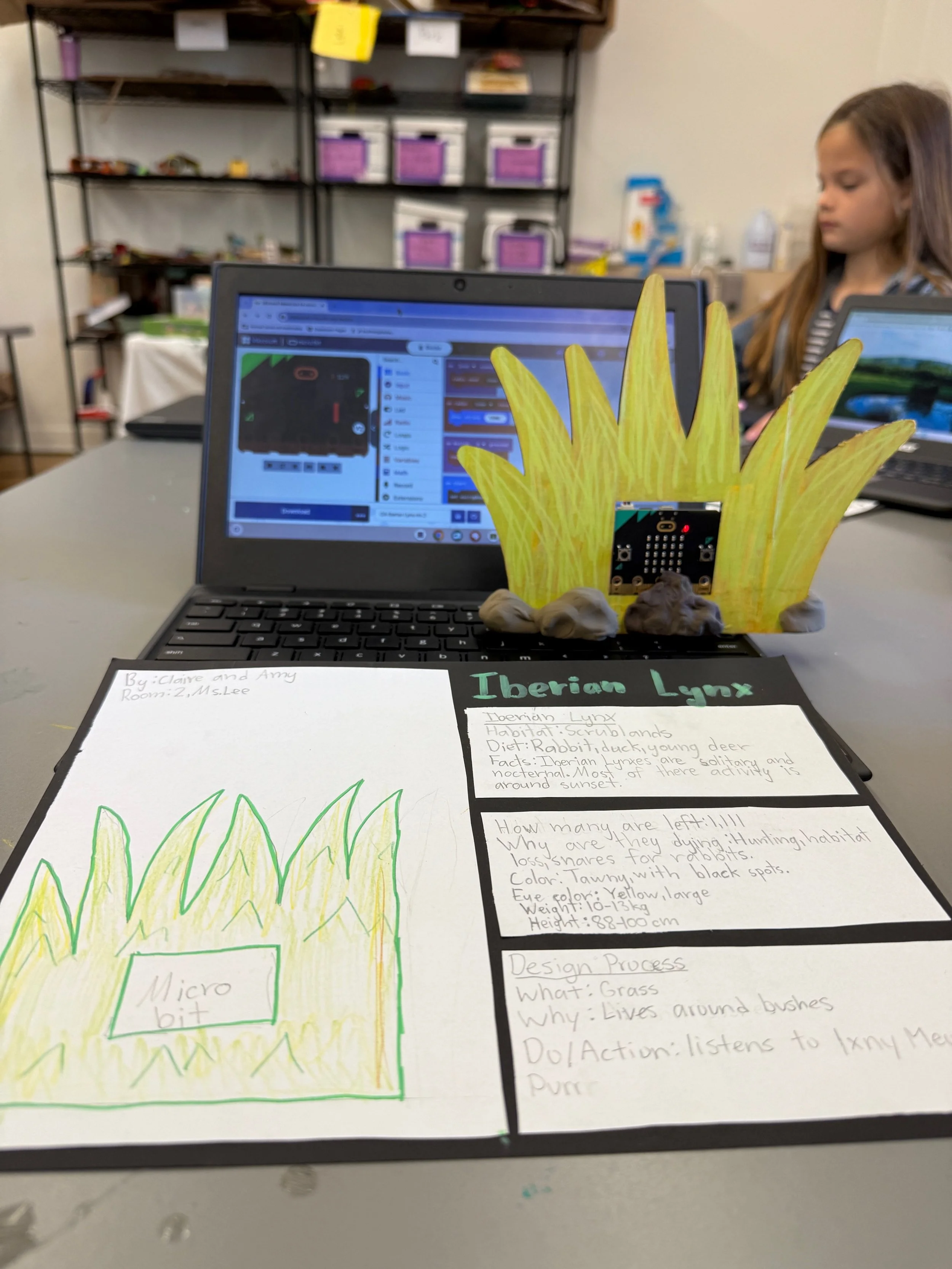 Image 3 of 11
Image 3 of 11

 Image 4 of 11
Image 4 of 11

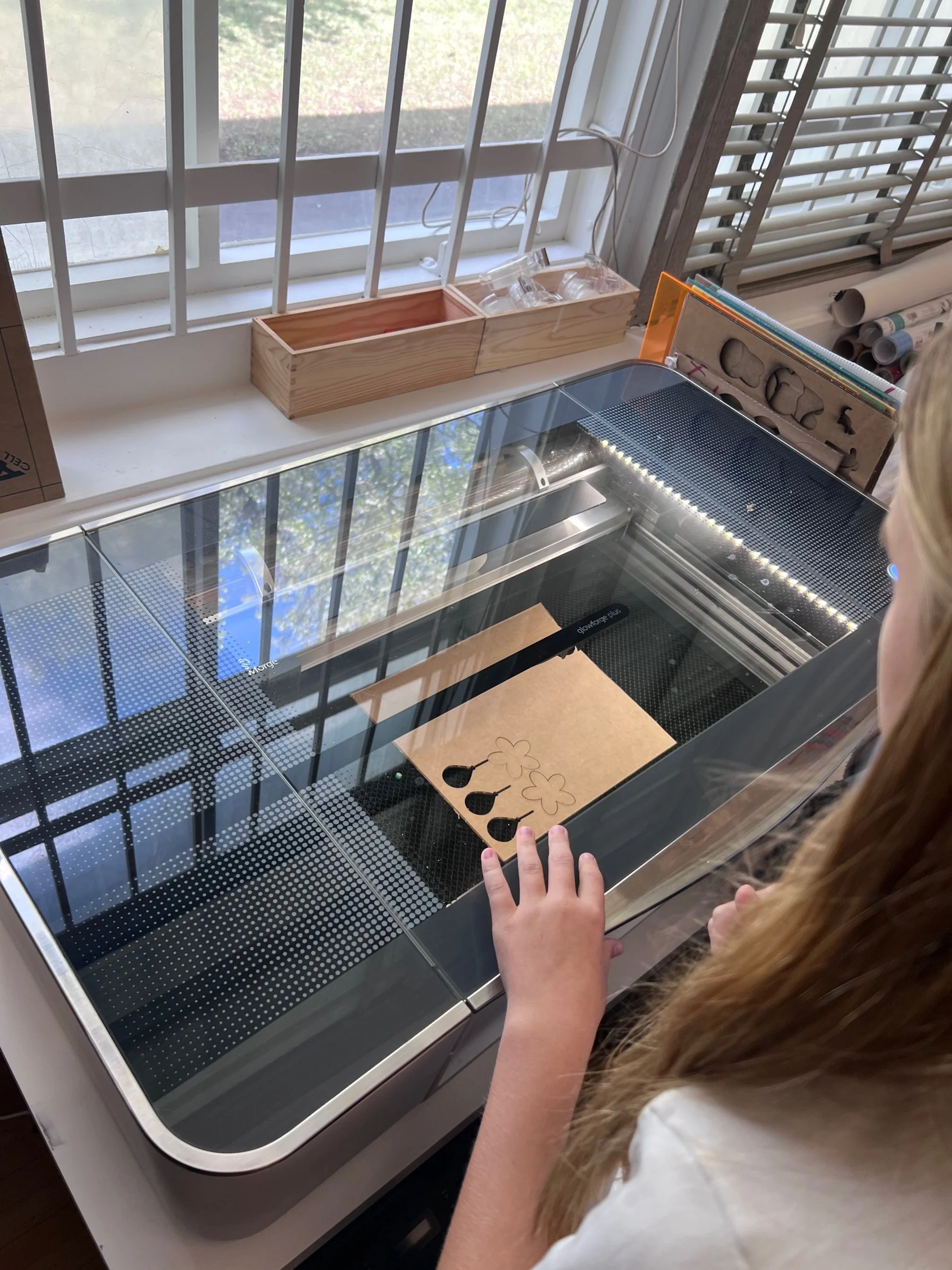 Image 5 of 11
Image 5 of 11

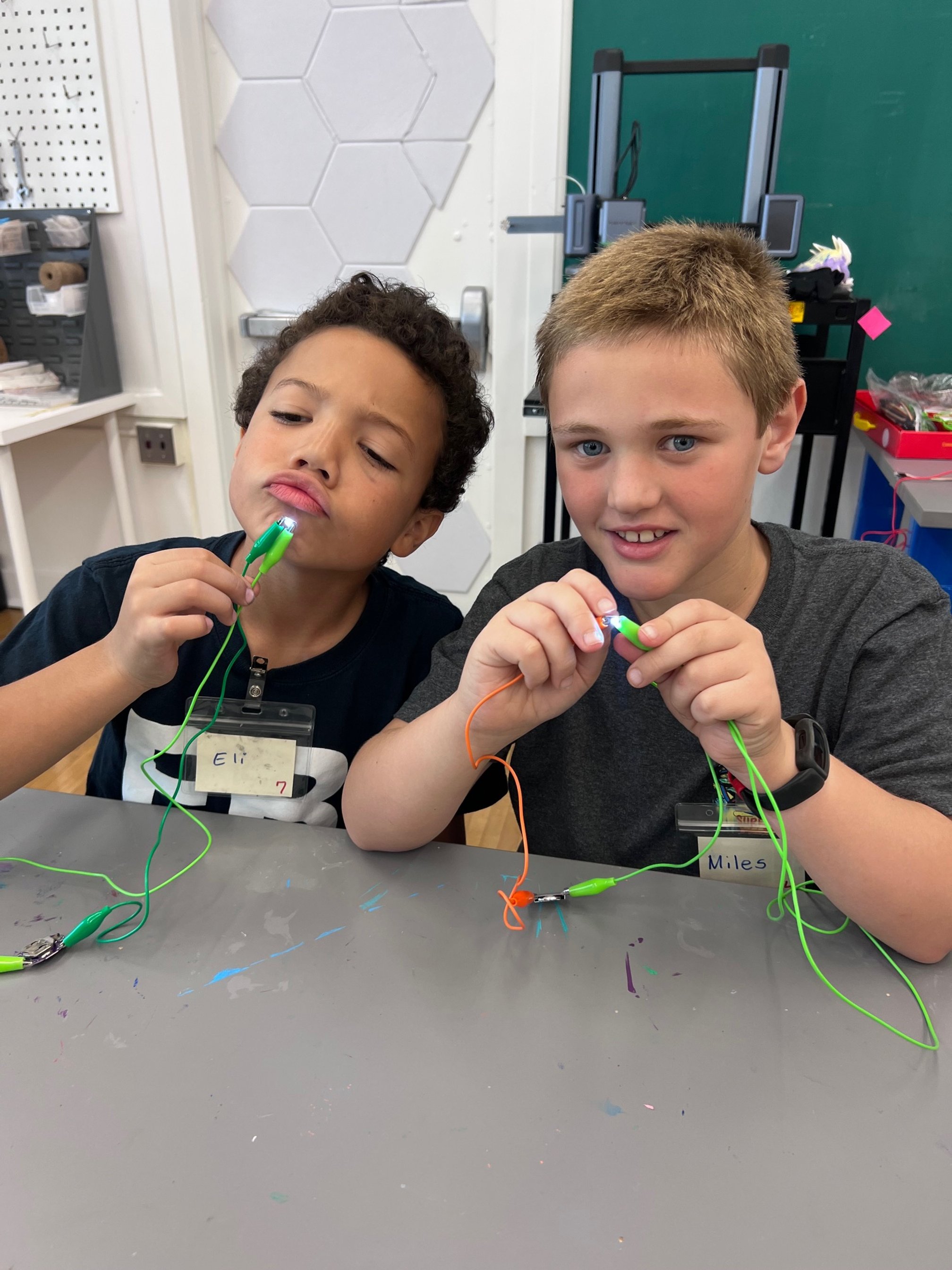 Image 6 of 11
Image 6 of 11

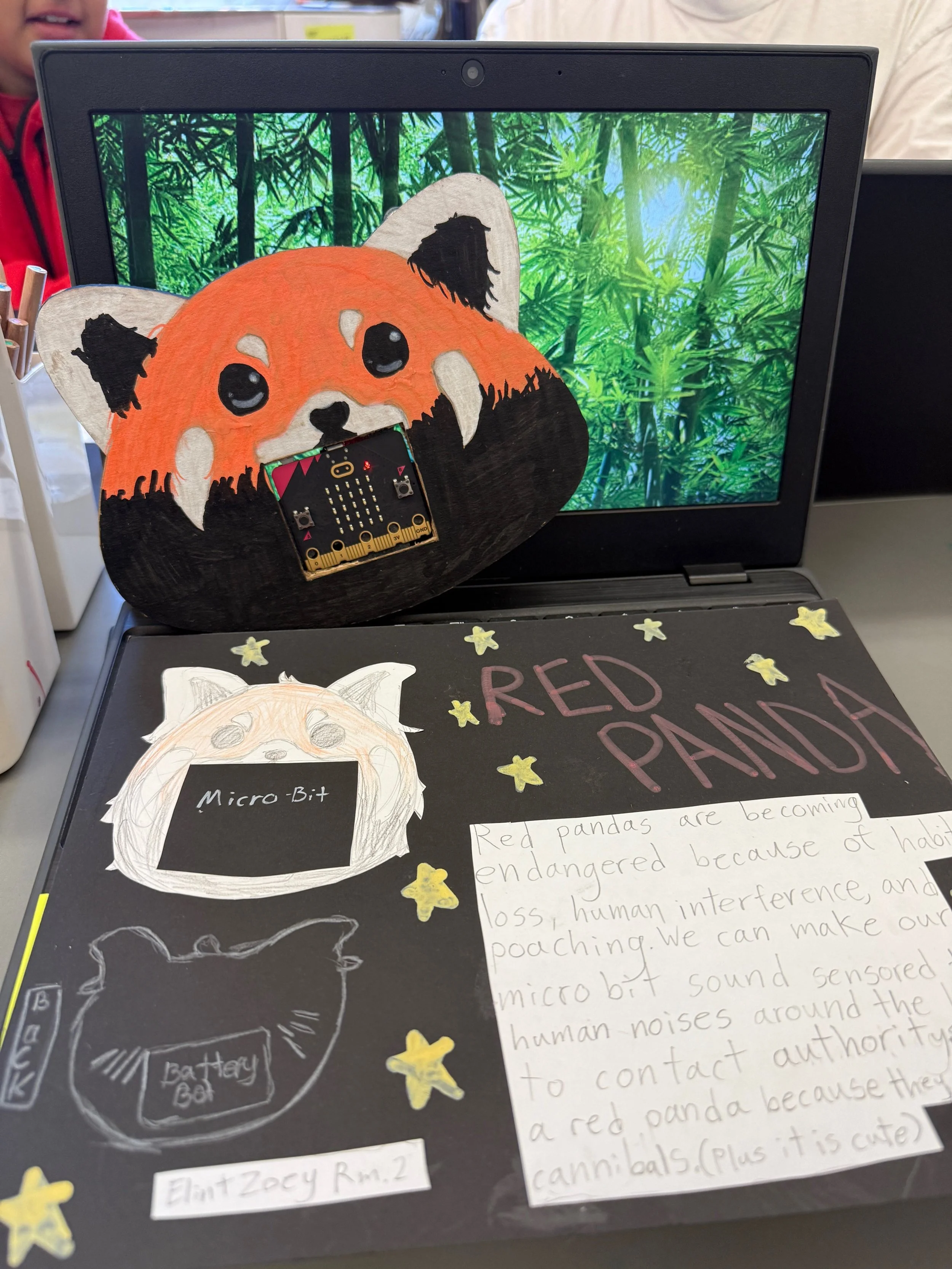 Image 7 of 11
Image 7 of 11

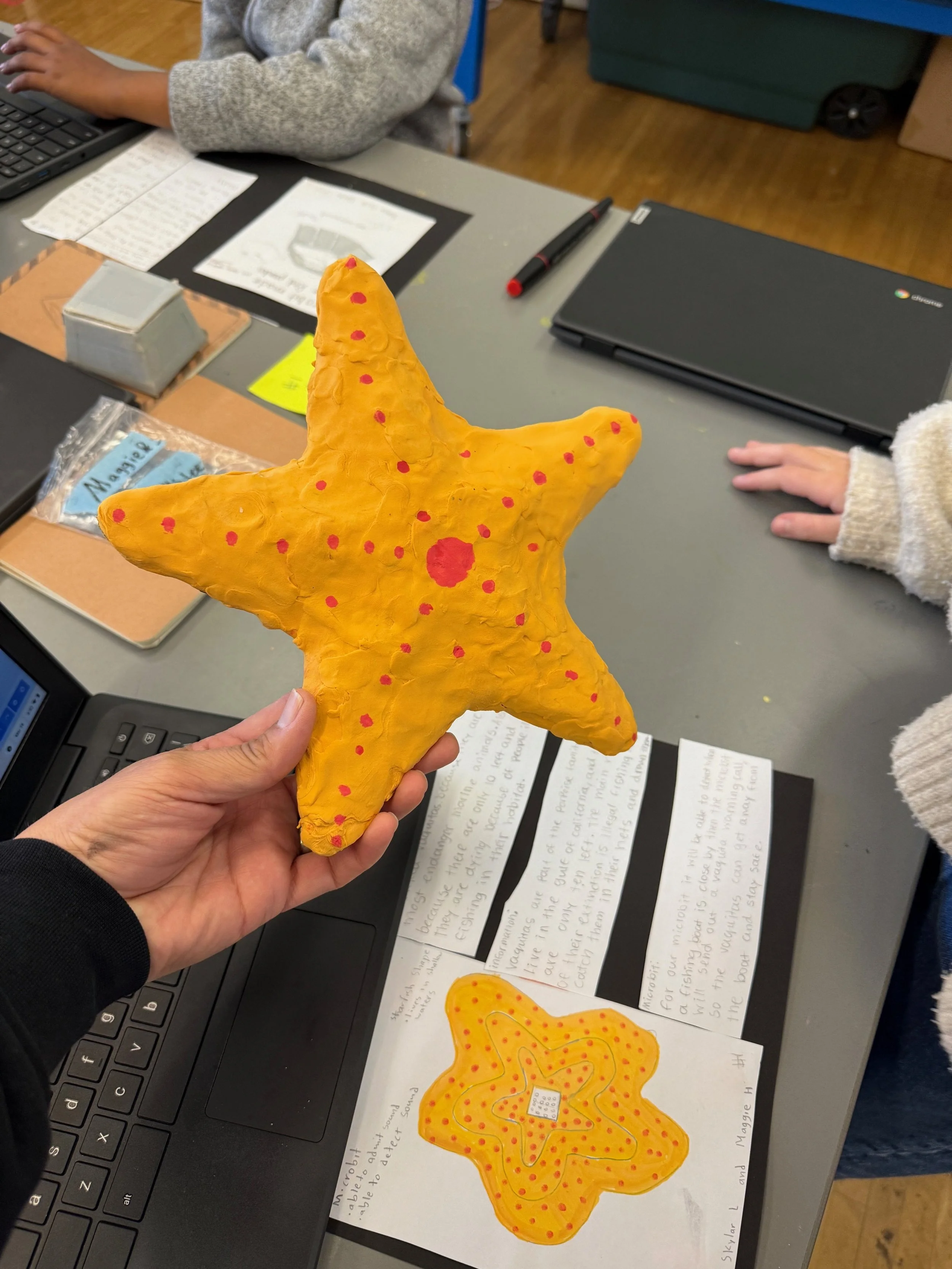 Image 8 of 11
Image 8 of 11

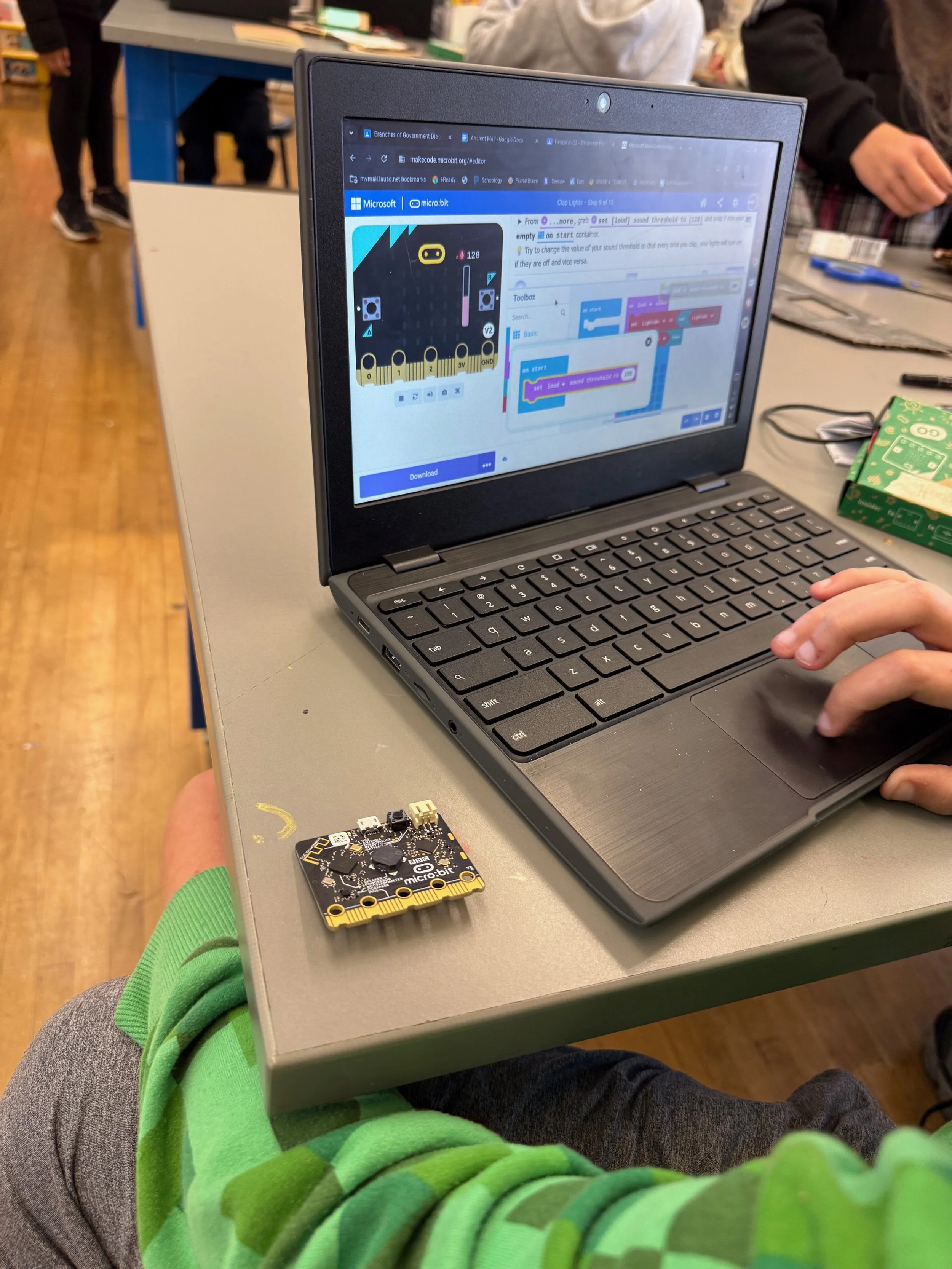 Image 9 of 11
Image 9 of 11

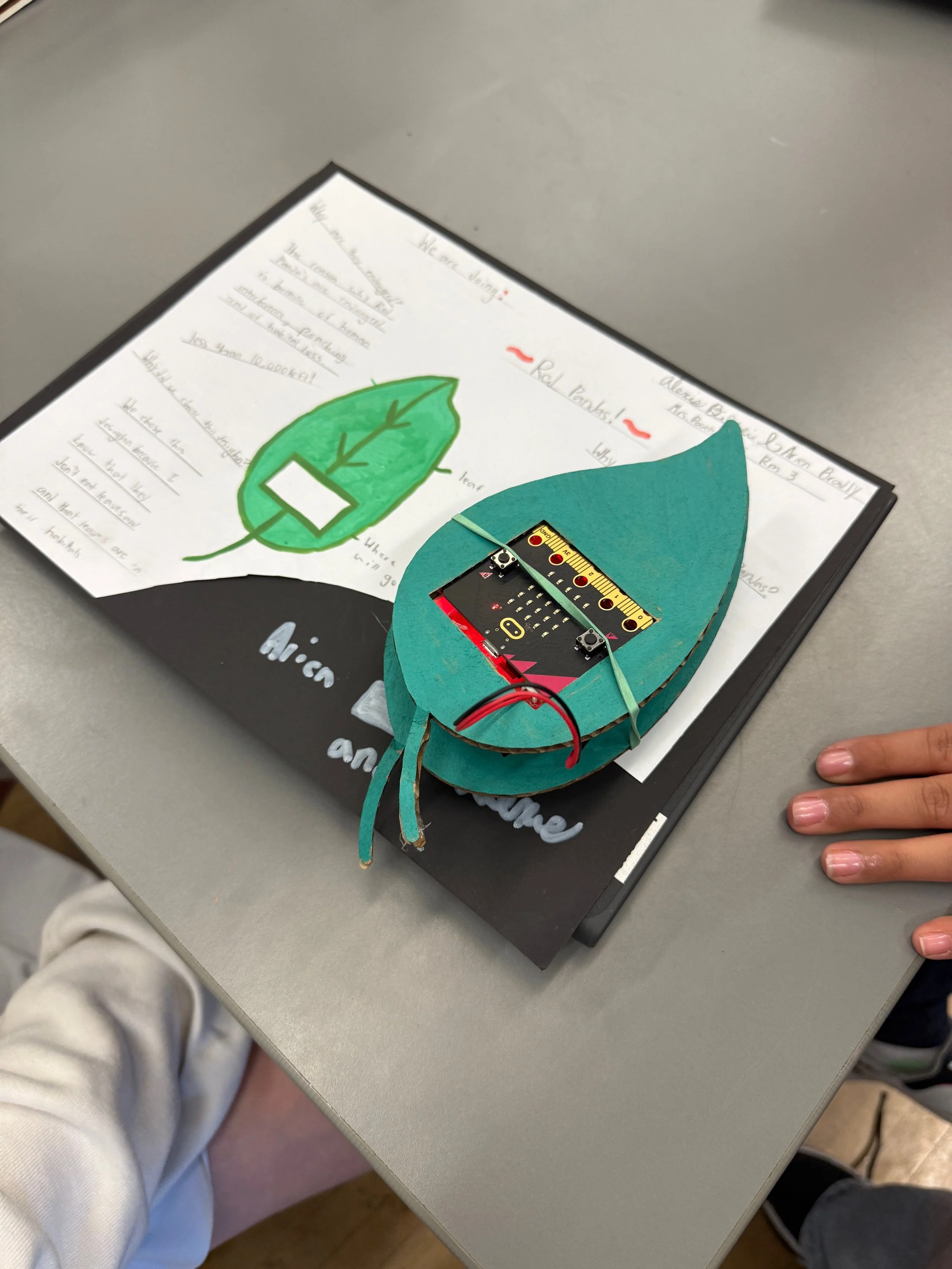 Image 10 of 11
Image 10 of 11

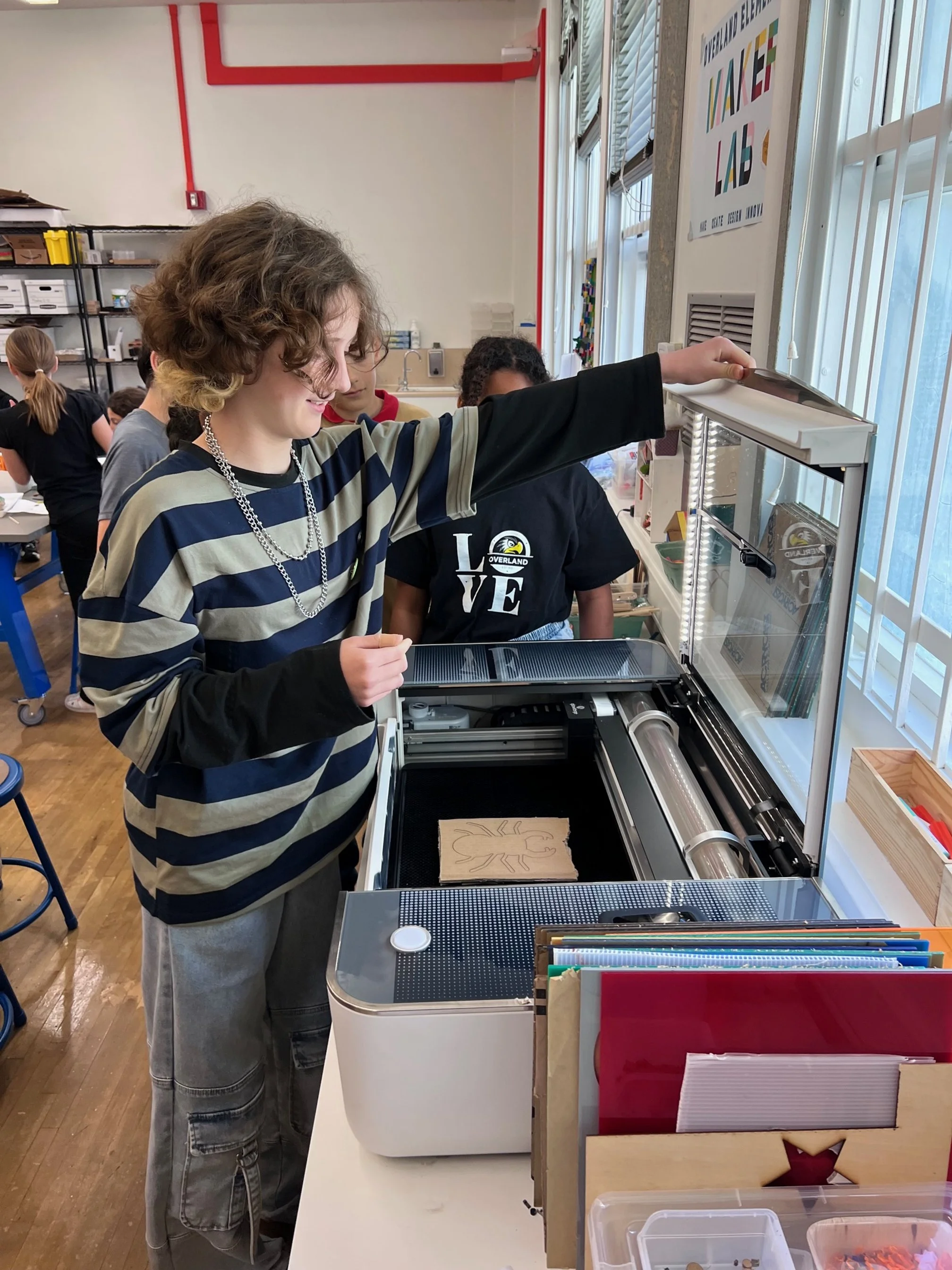 Image 11 of 11
Image 11 of 11












Wildlife Watch Unit
Unit Overview:
In this project, students will become wildlife conservationists by designing and coding wildlife monitoring devices using Micro:bit. They will explore how real-world conservationists use technology to track and protect animals, then create their own digital tools to collect data on environmental conditions or animal behaviors. This project introduces students to the intersection of technology, environmental science, and coding, empowering them to use innovation for a positive impact.
Key Learning Outcomes:
Learning to code and program sensors using Micro:bit
Understanding how technology is used in wildlife conservation
Designing and testing digital monitoring devices for environmental data collection
Exploring problem-solving and computational thinking in real-world applications
Strengthening STEAM, coding, and environmental awareness
Unit Overview:
In this project, students will become wildlife conservationists by designing and coding wildlife monitoring devices using Micro:bit. They will explore how real-world conservationists use technology to track and protect animals, then create their own digital tools to collect data on environmental conditions or animal behaviors. This project introduces students to the intersection of technology, environmental science, and coding, empowering them to use innovation for a positive impact.
Key Learning Outcomes:
Learning to code and program sensors using Micro:bit
Understanding how technology is used in wildlife conservation
Designing and testing digital monitoring devices for environmental data collection
Exploring problem-solving and computational thinking in real-world applications
Strengthening STEAM, coding, and environmental awareness
